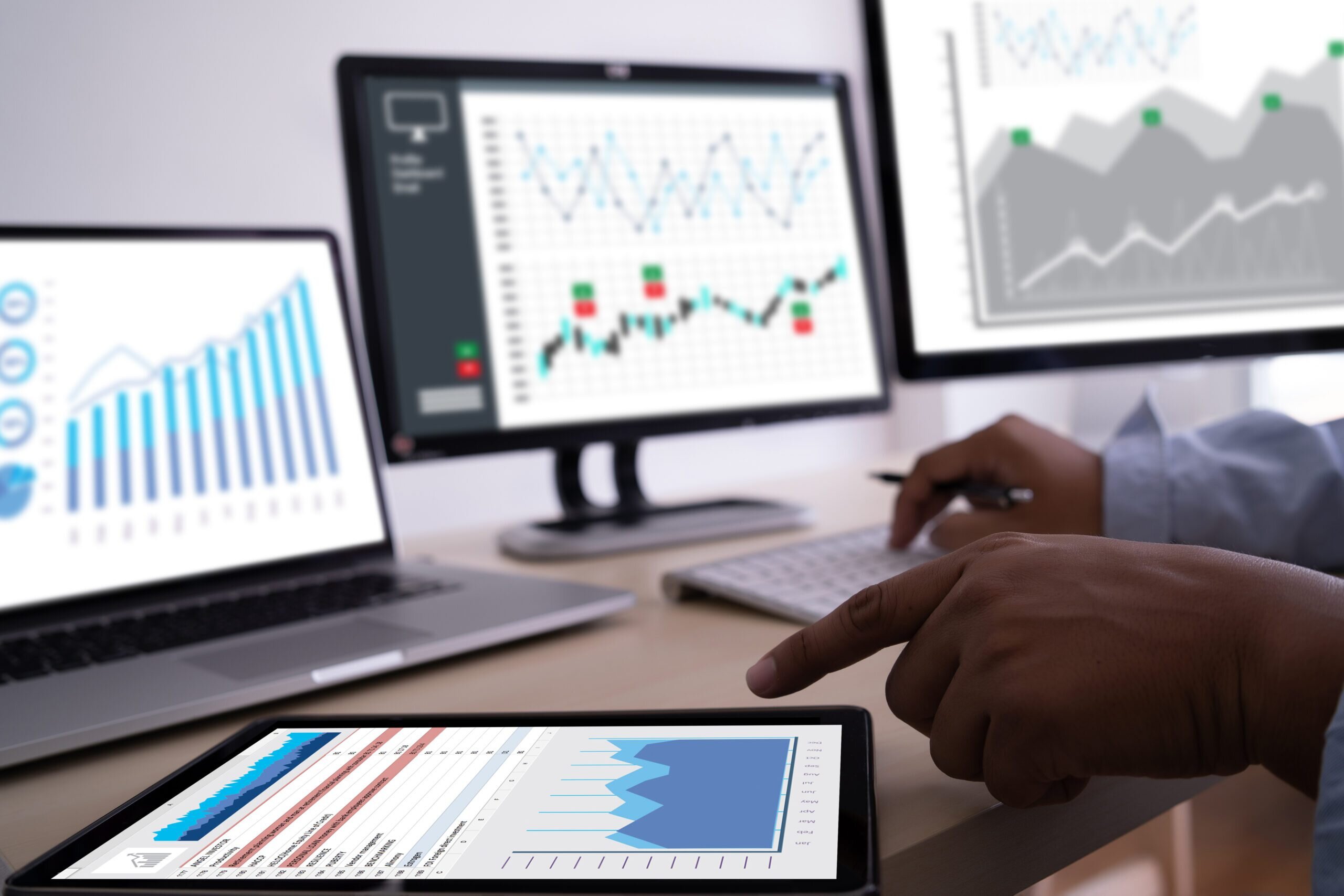
In today’s data-driven world, the role of a data analyst has become increasingly vital. Companies across various industries rely on data analysts to make sense of vast amounts of data, uncovering insights that drive strategic decisions. If you’re intrigued by numbers, patterns, and making data-driven decisions, a career in data analysis could be your perfect fit. This guide will take you through the journey from a complete novice to a professional data analyst, covering essential educational resources, certifications, and entry-level positions.
Step 1: Understanding the Role of a Data Analyst
Before diving into the steps to become a data analyst, it’s essential to understand what the role entails. Data analysts collect, process, and perform statistical analyses on data. Their primary goal is to identify trends, develop charts, and create visual presentations to help organizations make informed decisions. Key responsibilities include:
- Collecting data from various sources
- Cleaning and organizing data
- Analyzing data to identify patterns and trends
- Creating visualizations and reports
- Communicating findings to stakeholders
Step 2: Building a Strong Foundation in Education
Formal Education
While it’s possible to break into data analysis without a formal degree, having one can significantly enhance your prospects. Common degrees for aspiring data analysts include:
- Bachelor’s Degree in Mathematics or Statistics: Provides a strong foundation in quantitative analysis.
- Bachelor’s Degree in Computer Science: Offers knowledge in programming and data manipulation.
- Bachelor’s Degree in Economics: Focuses on data analysis in economic contexts.
- Bachelor’s Degree in Business Administration: Combines business acumen with analytical skills.
Online Courses and Bootcamps
For those who prefer a more flexible and self-paced approach explore Moringa’s short course in Data Analytics with PowerBI & Excel
Step 3: Mastering Essential Tools and Technologies
To become a proficient data analyst, you’ll need to be well-versed in various tools and technologies used in the field. Here are some of the most important ones:
Spreadsheet Software
- Microsoft Excel: A staple for data analysis, Excel offers powerful functions for data manipulation, analysis, and visualization.
- Google Sheets: A cloud-based alternative to Excel, ideal for collaborative work.
Programming Languages
- Python: Widely used for data analysis and machine learning, Python has libraries like pandas, NumPy, and Matplotlib.
- R: A programming language specifically designed for statistical analysis and data visualization.
Data Visualization Tools
- Tableau: A leading tool for creating interactive and shareable dashboards.
- Power BI: Microsoft’s powerful data visualization tool, integrated with Excel and other Microsoft products.
Database Management
- SQL: Essential for querying and managing data in relational databases.
Step 4: Gaining Practical Experience
Internships
Internships provide hands-on experience and a foot in the door to the industry. Many companies offer internships specifically for aspiring data analysts. These positions allow you to apply your skills in real-world scenarios and build a professional network.
Projects
Working on data analysis projects, whether through coursework, online challenges, or personal initiatives, is crucial. Platforms like Kaggle offer datasets and competitions that can help you hone your skills and build a portfolio.
Step 5: Earning Relevant Certifications
Certifications can validate your skills and make you stand out to potential employers. Some valuable certifications for data analysts include:
- Microsoft Certified: Data Analyst Associate: Validates your ability to use Microsoft Power BI for data analysis. This is offered at a highly discounted price at Moringa, visit https://moringaschool.com/courses/data-analytics-with-powerbi-excel/ to learn more
Step 6: Building a Professional Network
Networking is a critical component of career development. Attend industry conferences, join data analysis communities, and participate in online forums. Networking can lead to job opportunities, mentorship, and collaboration on projects.
Step 7: Landing Your First Job
Crafting a Compelling Resume and Portfolio
Your resume should highlight your education, skills, and any relevant experience or projects. Additionally, a portfolio showcasing your data analysis projects can provide tangible proof of your capabilities.
Preparing for Interviews
Be ready to demonstrate your technical skills and problem-solving abilities. Practice common data analysis interview questions and work on explaining your thought process clearly and confidently.
Step 8: Continuous Learning and Professional Development
The field of data analysis is constantly evolving. Stay updated with the latest tools, techniques, and industry trends by:
- Taking advanced courses and certifications
- Attending workshops and webinars
- Reading industry blogs and research papers
In a nutshell, breaking into data analysis requires a combination of education, practical experience, and continuous learning. By following this step-by-step guide, you’ll be well on your way to becoming a successful data analyst. Remember, the journey may be challenging, but the rewards of uncovering insights and making data-driven decisions are well worth the effort.
Blog written by Elisha Kibet a Moringa Brand Ambassador and avid technical writer passionate about te











